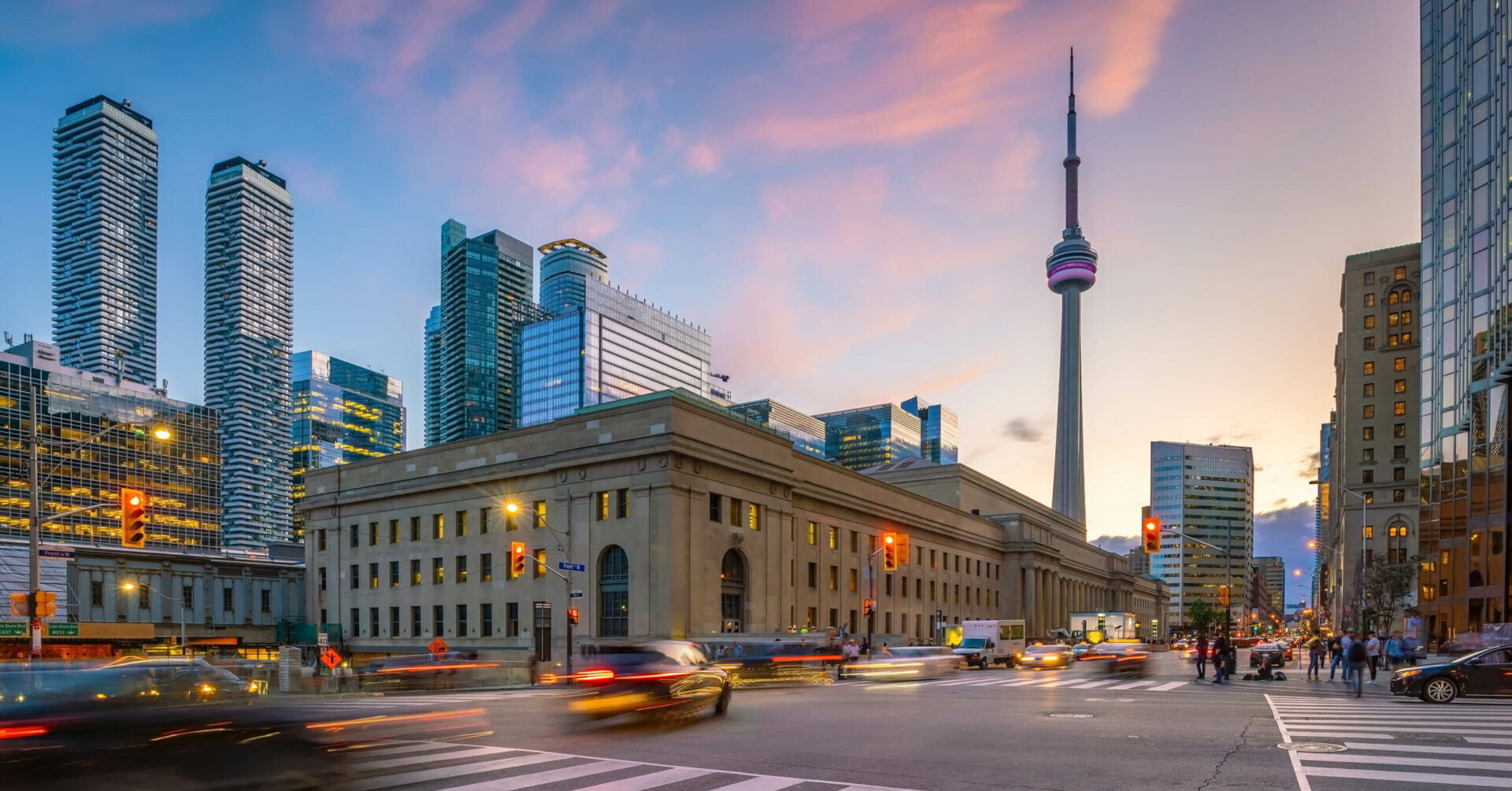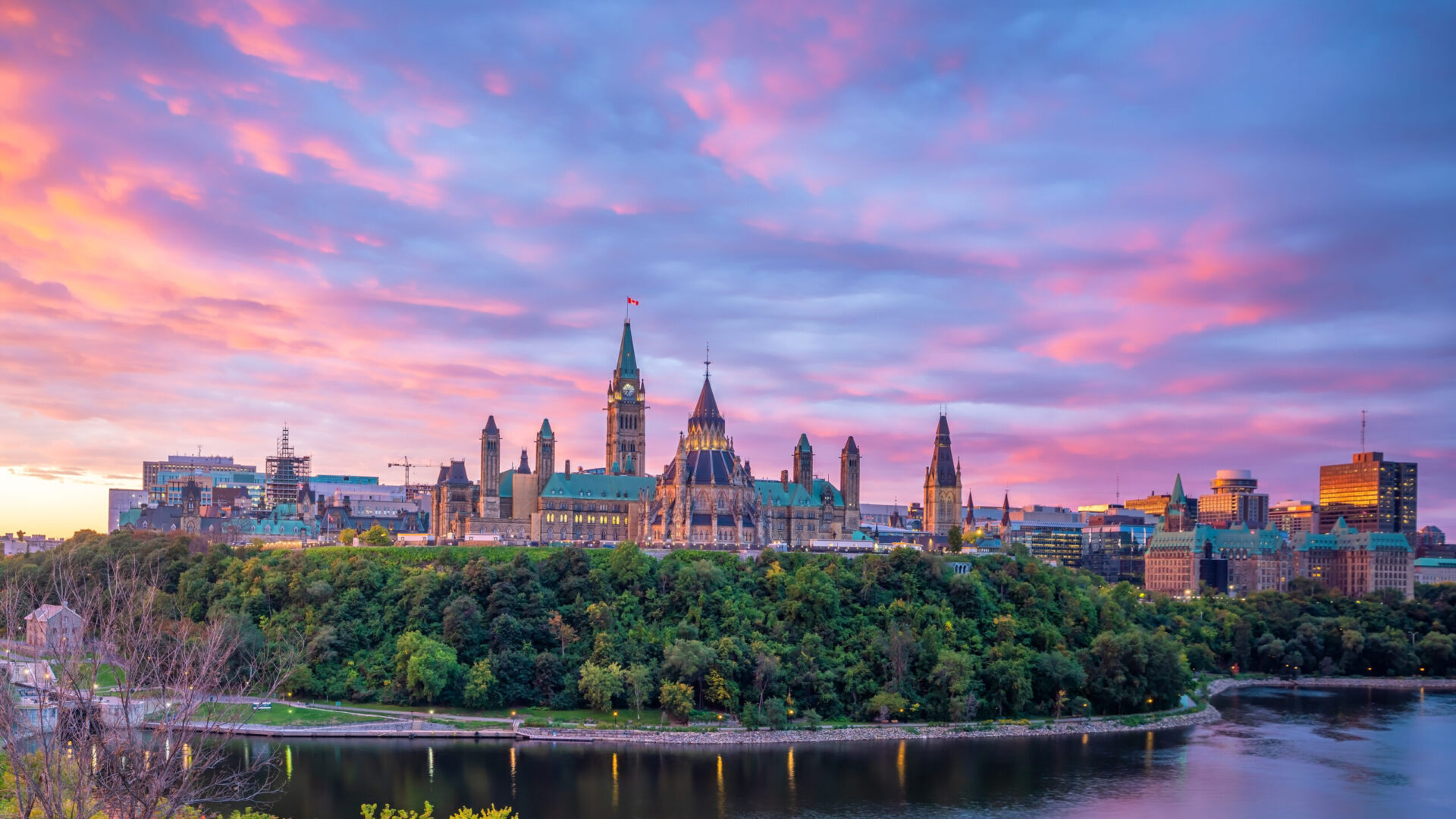Refugee Claims
The concept of “refugee protection” relates to people who:
• are determined to be Convention refugees outside Canada and have been allowed to come to Canada for protection reasons;
• are determined in Canada by the Immigration and Refugee Board (IRB) to be Convention refugees or persons in need of protection;
• are granted protection by the Minister of Citizenship and Immigration (C&I) through a pre-removal risk assessment (PRRA).
A “Convention refugee” is any person who, by reason of a well-founded fear of persecution for reasons of race, religion, nationality, membership in a particular social group or political opinion, is outside the country of his or her nationality and is unable, or by reason of that fear, unwilling to avail himself or herself of the protection of that country; or, not having a country of nationality, is outside the country of his or her former habitual residence and is unable or, by reason of that fear, unwilling to return to that country.
A “Person In Need of Protection” is a person who has been granted refugee protection because of a danger of torture or because of a risk to life or a risk of cruel and unusual treatment or punishment.
However, even where a refugee claimant meets all the elements of the refugee definition or all the elements of a person in need of protection, he/she may nevertheless be returned to his country of origin if any of the following exclusions apply:
(1) he/she has protection in another country;
(2) he/she is likely guilty of persecuting others;
(3) he/she is likely guilty of a serious non-political crime; or
(4) he/she is likely guilty of acts contrary to the purposes and principles of the United Nations.
A claim for refugee protection will generally be rejected, and a person will not be considered a Convention refugee or a person in need of protection if that person has done any of the following:
• voluntarily “re-availed” herself of the protection of the country of nationality (for example, by returning to live there);
• voluntarily reacquired her nationality (for example, by applying for a passport);
• acquired a new nationality and is enjoying the protection of the country of that new nationality; or
• voluntarily re-established herself in the country of former habitual residence on which the claim to refugee protection was based (where the refugee has no country of citizenship).
Safe Third Country Agreement
Those who arrive directly or indirectly from the United States are not allowed to enter Canada to pursue their claims for refugee protection. They must make their refugee claim in the United States if they arrive there first (with a few exceptions).
Initiation of a Refugee Claim
In all cases, the process of making a refugee claim begins with an initial application submitted to an officer at a port-of-entry (land border or airport) or at an inland immigration office,
Examination
Refugee claimants are examined to determine they are eligible for a hearing at the Refugee Protection Division (RPD). When a claimant is found to be ineligible, the immigration officer issues an ineligibility notice and the conditional removal order is enforceable.
Some claimants will be provided an opportunity to make an application for a Pre-removal Risk Assessment (PRRA) at this stage. In some circumstances claimants may apply to the Federal Court to seek leave for judicial review.
Referral to the Refugee Protection Division
Refugee claimants who are found eligible are referred to the Refugee Protection Division (RPD), and a Notice to Appear for a Hearing is issued setting out the date and time for a hearing.
Claim accepted by the Refugee Protection Division
If a claim is accepted, the next step is to apply for permanent resident status for himself/herself and for his/her spouse and dependent children.
Not Eligible for Permanent Residence
However, a successful refugee claimant is not eligible to apply for permanent residence if:
(1) there is no further need to protect the refugee claimant (for example, as a result of a newly elected government in the claimant’s country of origin).
(2) protection has been vacated because the original decision for protection was obtained as a result of directly or indirectly misrepresenting or withholding material facts.
For each of the above situations, the minister must apply to the Refugee Protection Division to request a hearing into the matter to argue cessation or vacation.
Claim rejected
When a refugee’s claim is rejected, the removal order may come into effect. However, before removal takes place, the unsuccessful refugee claimant may have the following options:
(1) voluntary departure;
(2) appeal of the Refugee Protection Division decision to the Refugee Appeal Division (RAD);
(3) application for leave for judicial review by the Federal Court, during which the removal order may be stayed;
(4) application to IRCC for a Pre-removal Risk Assessment (PRRA) 12 months from the date of the notice of decision.
Some failed refugee claimants who have no right to appeal to the Refugee Appeal Division may apply for a judicial review by the Federal Court
PRE-REMOVAL RISK ASSESSMENT (PRRA)
The PRRA is a program intended for people (not just failed refugee claimants) who are about to be removed from Canada and who are desperate to stay because of a well-founded fear of persecution or a risk of torture, risk to life, or risk of cruel and unusual treatment or punishment.
Generally, a successful PRRA applicant will be granted refugee protection and may apply for permanent residence.
An applicant may generally not apply for a PRRA if:
(1) the person is subject to extradition under;
(2) the person’s claim for refugee protection was determined ineligible because she came directly or indirectly from a designated country, other than a country of her nationality or former habitual residence;
(3) less than 12 months have passed since the person’s refugee claim in Canada was rejected, withdrawn, or abandoned by the Refugee Protection Division or the Refugee Appeal Division;
(4) the claim was rejected because it was vacated or falls under the exclusion provisions.




